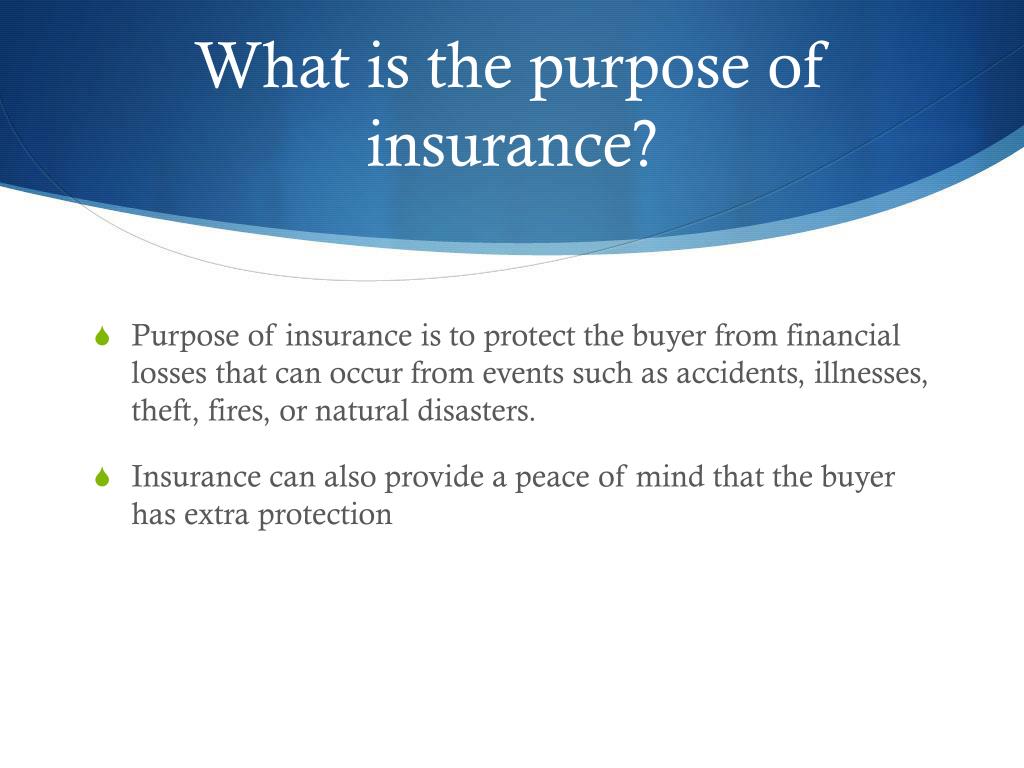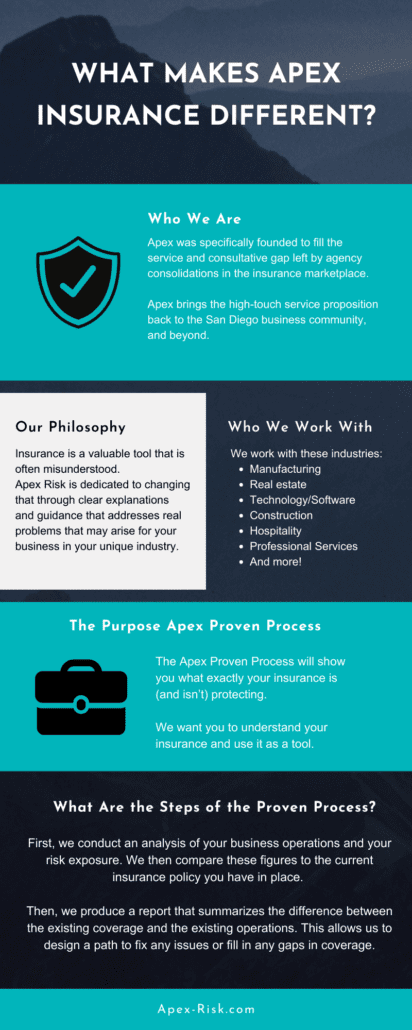Pacific Prime Fundamentals Explained
Wiki Article
The smart Trick of Pacific Prime That Nobody is Discussing
Table of ContentsThe 20-Second Trick For Pacific PrimeEverything about Pacific PrimeExcitement About Pacific PrimeGetting My Pacific Prime To WorkPacific Prime Fundamentals Explained

This is because the data were accumulated for a duration of strong economic efficiency. Of the estimated 42 million people that were without insurance, almost concerning 420,000 (about 1 percent) were under 65 years of age, the age at which most Americans come to be eligible for Medicare; 32 million were grownups in between ages 18 and 65, about 19 percent of all adults in this age; and 10 million were kids under 18 years old, regarding 13.9 percent of all children (Mills, 2000).
These price quotes of the variety of persons uninsured are generated from the yearly March Supplement to the Current Populace Survey (CPS), conducted by the Census Bureau. Unless or else kept in mind, nationwide estimates of individuals without medical insurance and percentages of the population with different kinds of protection are based upon the CPS, the most widely utilized resource of quotes of insurance protection and uninsurance prices.
Everything about Pacific Prime

Still, the CPS is especially beneficial due to the fact that it generates yearly quotes reasonably promptly, reporting the previous year's insurance protection approximates each September, and since it is the basis for a regular set of quotes for greater than twenty years, enabling evaluation of patterns in coverage in time. For these factors, in addition to the extensive use the CPS in other researches of insurance policy coverage that are presented in this report, we rely upon CPS estimates, with limitations kept in mind.

The estimate of the number of without insurance individuals expands when a populace's insurance coverage status is tracked for a number of years. Over a three-year period starting early in 1993, 72 million individuals, 29 percent of the united state populace, were without protection for at least one month. Within a solitary year (1994 ), 53 million people experienced at the very least a month without coverage (Bennefield, 1998a)
Six out of every 10 without insurance adults are themselves employed. Functioning does enhance the chance that one and one's household members will have insurance policy, it is not an assurance. Also members of family members with 2 full-time wage income earners have nearly a one-in-ten chance of being without insurance (9.1 percent uninsured price) (Hoffman and Pohl, 2000).
Pacific Prime for Dummies
New immigrants account for a significant percentage of people without medical insurance. One analysis has actually attributed a considerable part of the current development in the dimension of the united state uninsured population to immigrants who showed up in the country between 1994 and 1998 (Camarota and Edwards, 2000). Current immigrants (those that pertained to the USA within the previous 4 years) do have a high price of being uninsured (46 percent), however they and their children account for just 6 percent of those without insurance coverage country wide (Holahan et al., 2001).The connection between health insurance coverage and accessibility to care is well developed, as recorded later on in this chapter. The partnership between health and wellness insurance coverage and health and wellness end results is neither straight nor easy, a comprehensive medical and health services study literary works web links health and wellness insurance policy protection to enhanced access to care, better quality, and boosted individual and populace health and wellness status.
Degrees of analysis for examining the results of uninsurance. This discussion of medical insurance coverage focuses largely on the united state population under age 65 because essentially all Americans 65 and older have Medicare or other public coverage. Furthermore, it concentrates especially on those with no medical insurance for any type of size of time.
Little Known Facts About Pacific Prime.
The issues encountered by the underinsured remain in some areas comparable to those encountered by the without insurance, although they are usually much less extreme. international travel insurance. Uninsurance and underinsurance, however, include noticeably different policy concerns, and the strategies for addressing them may differ. Throughout this study and the five reports to comply with, the primary focus gets on persons with no medical insurance and hence no help in spending for wellness treatment beyond what is available via charity and safeguard organizations
Health insurance is an effective element affecting invoice of care because both patients and medical professionals reply to the out-of-pocket cost of services - https://filesharingtalk.com/members/594499-pacificpr1me. Medical insurance, nonetheless, is neither needed neither adequate to acquire access to medical services. The independent and straight impact of health insurance policy coverage on access to wellness services is well established.
Others will acquire the healthcare they require even without health insurance coverage, by paying for it out of pocket or seeking it from suppliers that provide treatment complimentary or at highly subsidized prices. For still others, medical insurance alone does not make sure invoice of care because of various other nonfinancial barriers, such as an absence of health and wellness treatment suppliers in their community, restricted accessibility to transport, illiteracy, or linguistic and cultural distinctions.
Some Known Factual Statements About Pacific Prime
Formal research study concerning without insurance populations in the United States dates to the late 1920s and check out here very early 1930s when the Board on the Cost of Medical Treatment created a collection of reports about financing medical professional workplace brows through and hospital stays. This concern became significant as the numbers of clinically indigent climbed up during the Great Depression.Report this wiki page